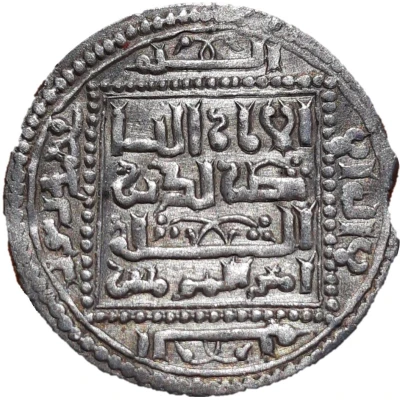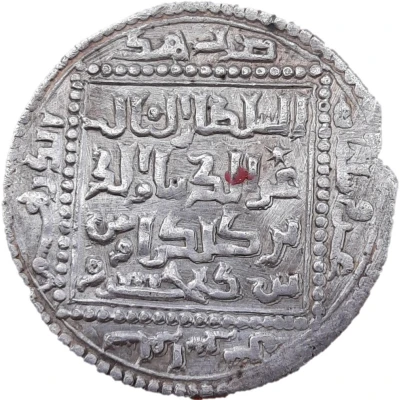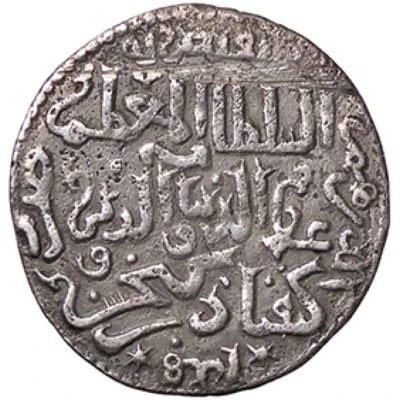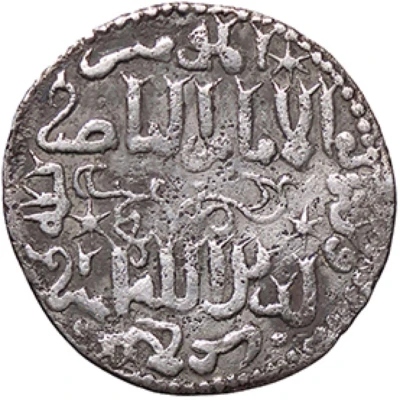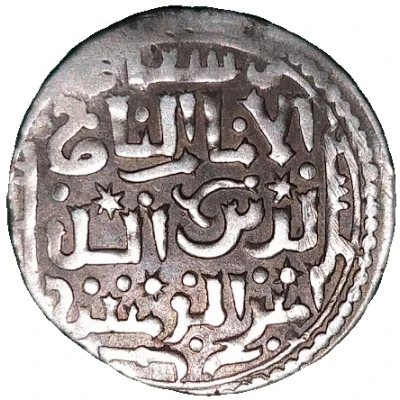
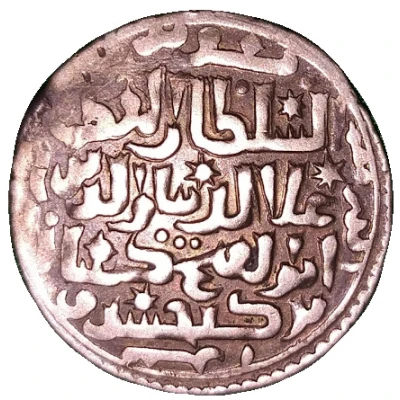

© Giorgi Tsikarishvili
Dirham - Kayqubād I citing Calif Al-Nasir Konya
| Silver | 3 g | 24 mm |
| Issuer | Rûm Sultanate |
|---|---|
| Sultan | Kayqubad I (1220-1237) |
| Type | Standard circulation coin |
| Years | 616-622 (1219-1225) |
| Calendar | Islamic (Hijri) |
| Value | 1 Dirham (0.7) |
| Currency | Dinar (1016-1308) |
| Composition | Silver |
| Weight | 3 g |
| Diameter | 24 mm |
| Shape | Round (irregular) |
| Technique | Hammered |
| Orientation | Variable alignment ↺ |
| Demonetized | Yes |
| Updated | 2024-10-05 |
| Numista | N#171432 |
|---|---|
| Rarity index | 94% |
Reverse
Arabic inscription in three lines, circular Arabic inscription
Lettering:
Ala-al dunya va addin
Abu Al-fatih Qaiqubad
bin Qaihusru
-----
from 9:00 Zarb Haza Ad-dirham biquniya
Translation:
Ruler of the earth
Qaiqubad bin Qaihusru
-----
Struck this Dirham in Konya
Comment
Kayqubad I or Alā ad-Dīn Kayqubād bin Kaykāvūs was the Seljuq Sultan of Rûm who reigned from 1220 to 1237. He expanded the borders of the sultanate at the expense of his neighbors, particularly the Mengujek Beylik and the Ayyubids, and established a Seljuq presence on the Mediterranean with his acquisition of the port of Kalon Oros, later renamed Ala'iyya in his honor. The sultan, sometimes styled "Kayqubad the Great", is remembered today for his rich architectural legacy and the brilliant court culture that flourished under his reign.Kayqubad's reign represented the apogee of Seljuq power and influence in Anatolia, and Kayqubad himself was considered the most illustrious prince of the dynasty. In the period following the mid-13th century Mongol invasion, inhabitants of Anatolia frequently looked back on his reign as a golden age, while the new rulers of the Anatolian beyliks sought to justify their own authority through pedigrees traced to him.
https://en.wikipedia.org/wiki/Kayqubad_I
Interesting fact
One interesting fact about this coin is that it was issued during the reign of Kayqubad I, who was the Sultan of the Rum Sultanate from 1219 to 1225. The Rum Sultanate was a Turkish state that was established in the 13th century in Anatolia, which is now modern-day Turkey. The coin was made of silver and weighed 3 grams, which was a significant weight for a coin at that time. The fact that it was issued during Kayqubad's reign and made of silver suggests that it was an important coin in the economy of the Rum Sultanate.
